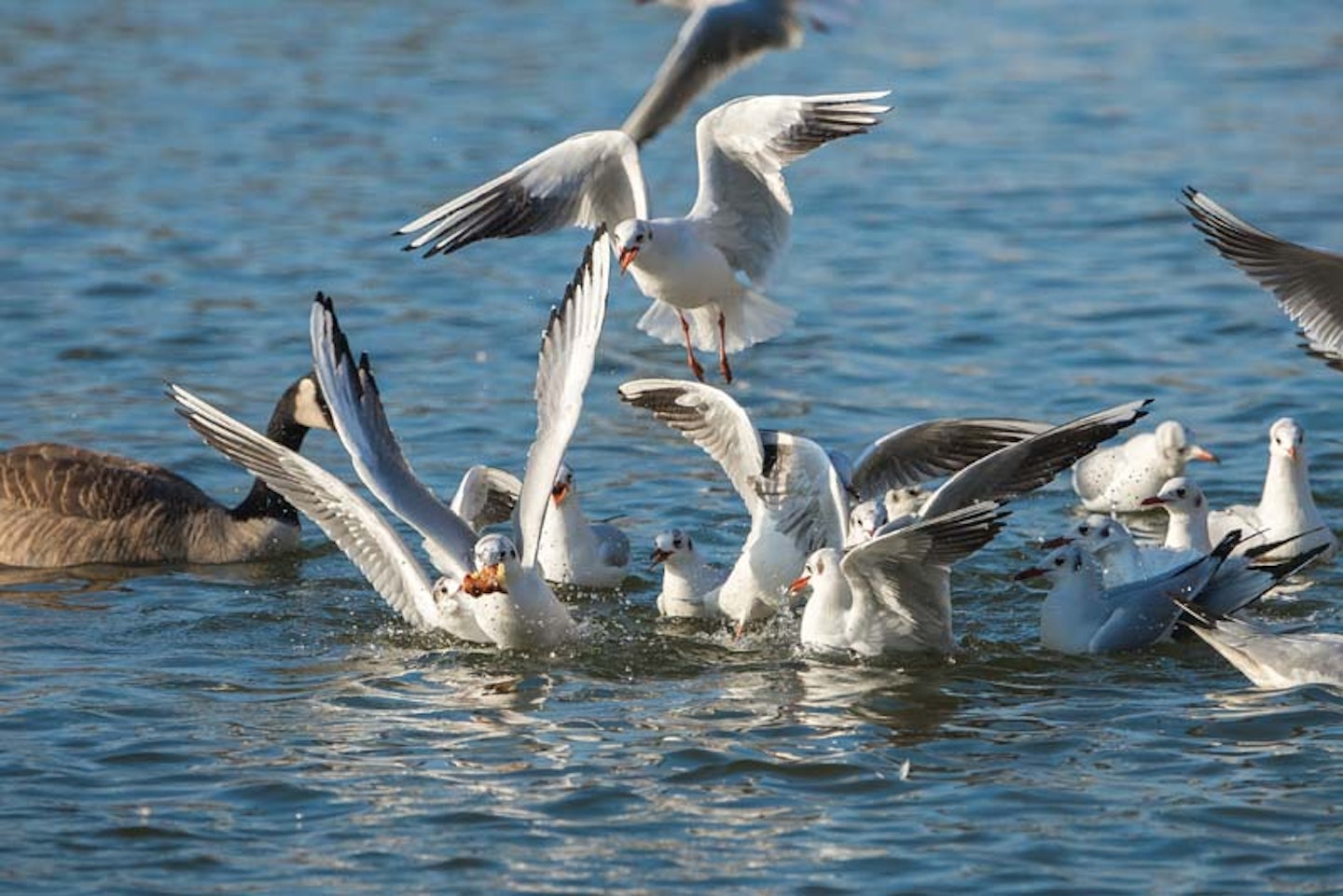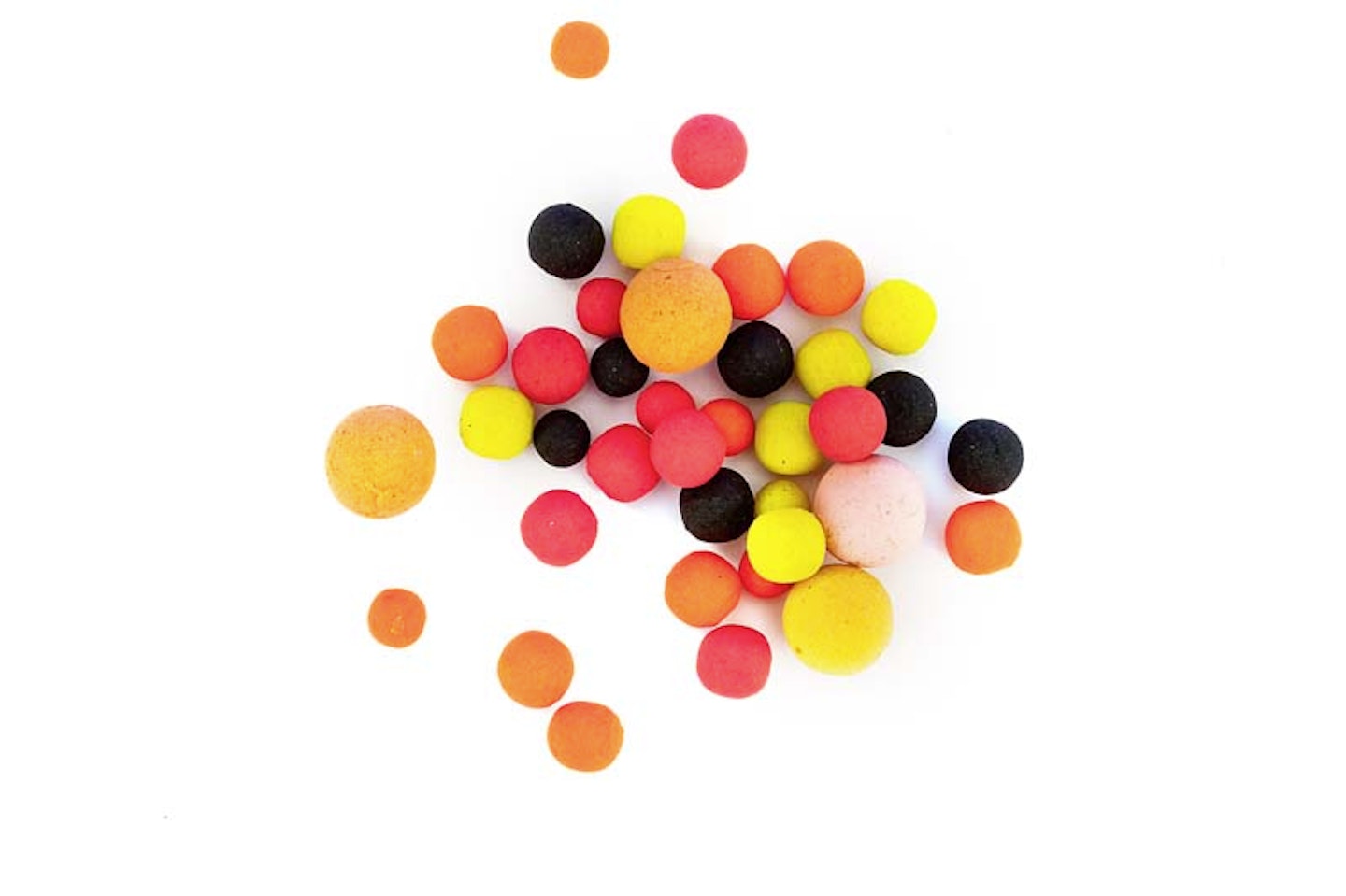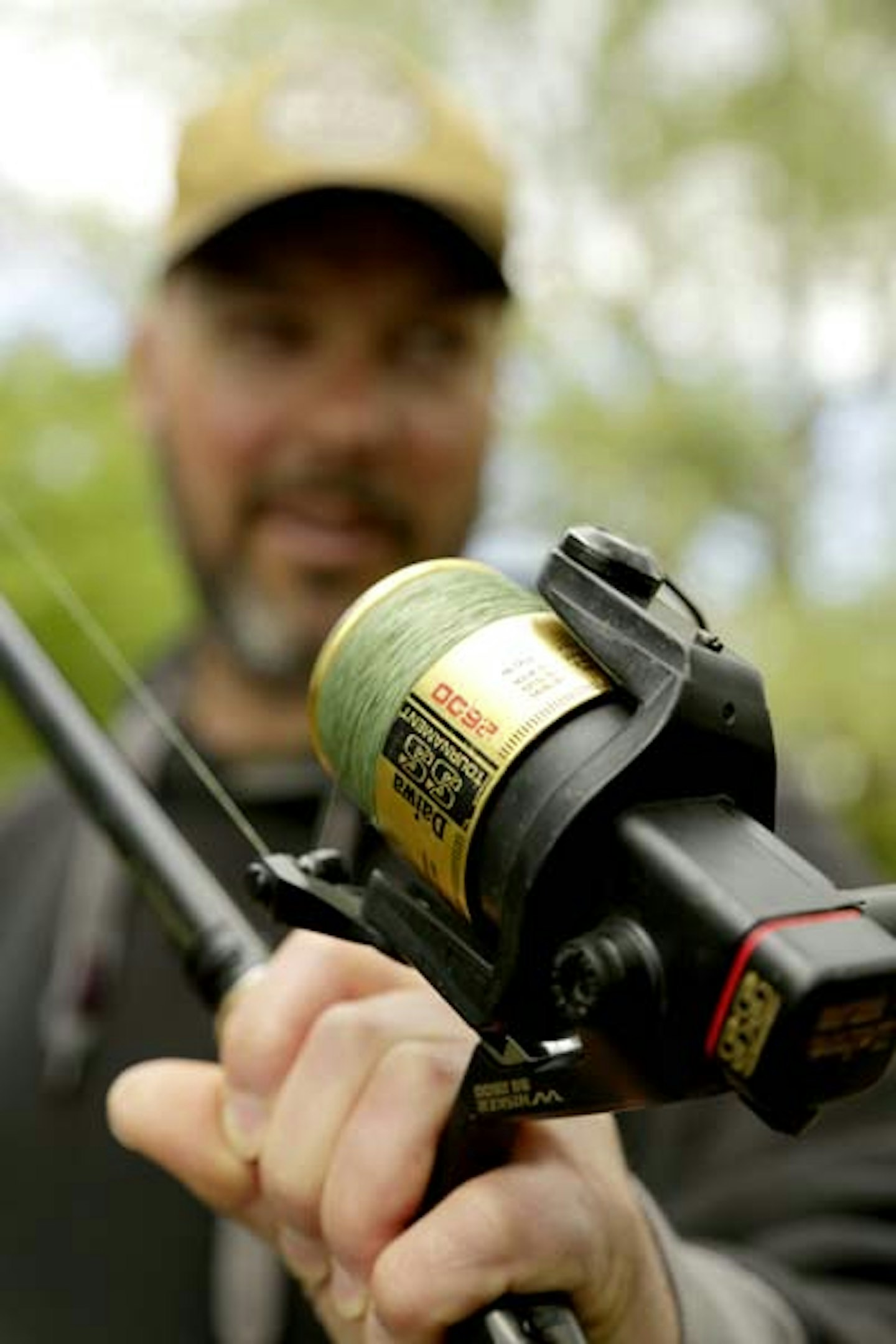Surface fishing is a tactic that every carp angler should master if they’re to make the most of the summer months, especially is the sun is high in the sky and the chances of a bite using traditional legering tactics are minimal.
However, there’s far more to it than just hooking on a dog biscuit and launching it out into the pond, more in hope than expectation. So, this week I’m going to run you through some little ‘edges’ that I’ve picked up over the past three decades or so that have made a big difference to my floater fishing success.
1) Feed off the fowl…
Too many anglers avoid surface fishing for carp altogether because of the presence of ducks, gulls, swans and various other feed-robbing birds.
The trick is to feed them off first, using cheap bread and budget dog biscuits. Once you arrive at the lake, pick a corner from which both the fish and other anglers are absent, then put in the cheap offerings. These will normally fill them up, which leaves you free to surface fish.
Gulls, in particular, can be a nightmare, and it can take an age for them to have their fill... but feeding them off really will be time well spent.

2) Get them competing...
By far the most important part of successful surface fishing is to get the carp competing for the loosefeed before you cast out. Patience is key in this respect. You must keep feeding until there are a decent number of carp in the swim, feeding confidently.
If you’re patient enough, then the fish will gradually become more aggressive as they jostle for pole position for the next free morsel.
In this state they are far easier to catch and, more importantly, you can catch a number of fish, as opposed to just the odd one.

3) Slick ’em up!
The dedicated floating hookbaits that I favour are already crammed with oils and powders that ooze attraction, but I l give them a further ‘oiling’ to create a ‘flat spot’ around the hookbait.
This helps you to see it far more easily, especially with a ripple on. You can use just about any oil but my first choice is CAP Oil, a combination of various high-grade fish oils and a pungent chilli extract.
As well as increasing the visibility of your hookbait, it also gives your offering a fiery kick, which the carp seem to love.

4) Start small…
It was way back in the 1990s that I discovered the power of small floating pellets as loosefeed. Everyone else was using bog standard Chum mixers, and everywhere me and my mates went we caught an incredible number of fish because of those small pellets.
Everyone still uses large baits in the main, yet they really are missing a trick.
I use a mixture of 3mm, 6mm and 11mm Krill Floaters, with 80 per cent of the mix being made up of the smaller two sizes. These can work the fish into a frenzy, and the bigger ones are only there to replicate the size of my hookbait, once I’m ready to introduce it.

5) Fine-tune your end tackle
Thin hooklinks and small hooks will definitely get you more bites than crude terminal tackle, but you still need to use kit that’s strong enough to land the fish you’re targeting.
If you catch a couple of fish on a size 10 hook with 0.30mm diameter hooklink and they then start wising up, it’s time to drop to a size 12 and 0.25mm line, provided the weed isn’t bad.
Also, I can’t stress enough the difference a sticky-sharp hook makes when surface fishing.
Hone your hook points and far fewer fish will be able to spit out the hook once they’ve mouthed the bait.
6) Try a bright hookbait
While there’s nothing wrong with using a hookbait that matches the colour and size profile of your freebies, sometimes that leads to problems identifying it among feeding fish, especially at range.
To solve this, try using a bright pop-up. White or yellow ones are perfect, and an added bonus is that they will stay buoyant far longer than a sodden Chum mixer. Trim it right down (don’t worry, you’ll still be able to see it at range) and hair-rig it tight to the back of the hook. Alternatively, you can side-hook it.

7) Go long, if needs be...
Sometimes the best floater sport can be at medium to long range. This is often because the further out the carp are, the more confident they become and the quicker they lose their inhibitions (as they don’t know they’re being fished for).
In this situation, spodding your freebies out alongside a big, heavy controller float can be the way to go.
I carry a few different spods with me, so that I’m covered for any situation I find myself faced with. Being able to fish effectively in areas that many other anglers wouldn’t even try to get a bait to can be a real edge.
8) Switch to braid
Braided mainline isn’t everyone’s cup of tea, but it’s unbeatable for setting the hook on the strike because of its lack of stretch. If a breeze picks up you can ‘mend’ the line far more easily than you could with mono, remaining in direct contact with the float.
One final tip, which is obvious but still something I see a lot of people doing wrong, is to always cast your float well past where you’ve got the fish feeding, before tweaking it back into the ‘hot zone’. If you cast directly on top of their heads it will ruin all your hard work and send the fish into the next county!

.jpg?ar=16%3A9&fit=crop&crop=top&auto=format&w=1440&q=80)